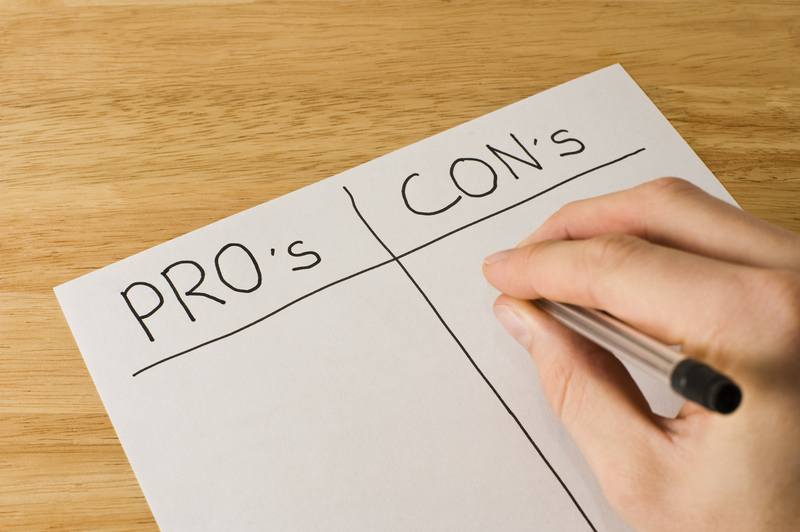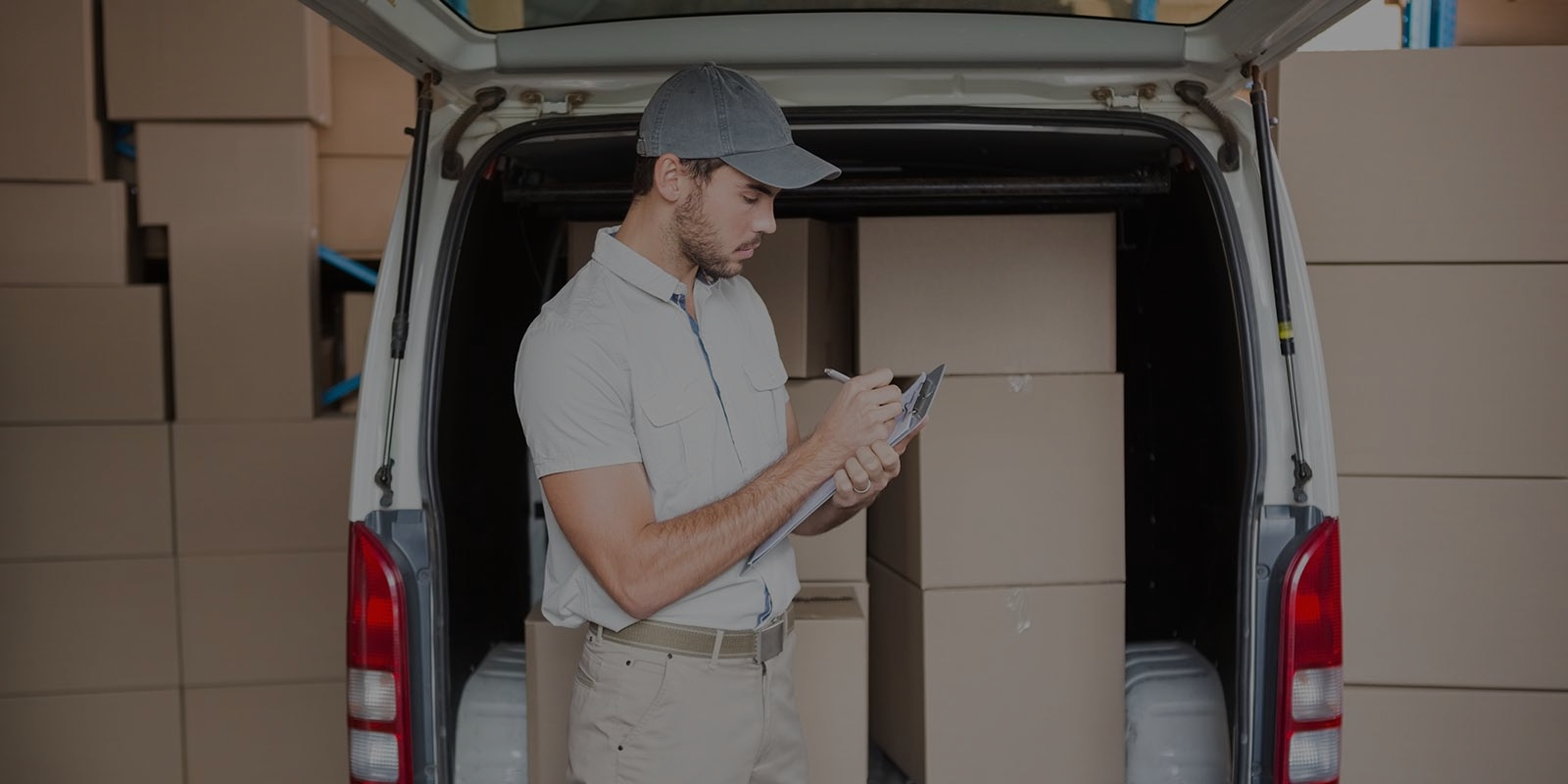Efficient Packing Strategies for Your Upcoming Move
Posted on 30/05/2025
Efficient Packing Strategies for Your Upcoming Move
Planning a move? Whether you're relocating across the city or transitioning to a new state, efficient packing strategies can make all the difference between a smooth, orderly move and a stressful experience. In this comprehensive guide, we'll discuss efficient packing tips for moving, provide step-by-step instructions, and ensure you're fully prepared for moving day. Read on for everything you need to know about smart packing for your upcoming relocation!

Why Is Efficient Packing Important?
Moving is often ranked as one of life's most stressful events. Poor planning and disorganized packing can lead to damaged belongings, lost items, and a chaotic moving process. Utilizing efficient moving and packing strategies means:
- Saving time and effort during both packing and unpacking
- Protecting your valuable items and minimizing damage
- Reducing moving-related anxiety and stress
- Maximizing space in boxes and moving vehicles
- Facilitating a swifter, easier setup in your new home
Let's jump into practical steps for packaging efficiently for your move and getting everything ready for a seamless transition.
Step-by-Step Efficient Packing Plan
1. Start Early and Create a Moving Checklist
The foundation for efficient move packing lies in early preparation. Begin planning your packing process at least four to six weeks before your move date.
- Create a moving timeline: List tasks to complete each week before the move (decluttering, obtaining materials, packing specific rooms, etc.).
- Inventory your possessions: Make a detailed list to track items and prioritize what goes first.
2. Declutter and Downsize
Packing fewer items will always be more efficient. As you prepare for your move, systematically sort through your belongings.
- Sell or donate unused items: Moving is a perfect opportunity to pare down. Donate to local charities, host a garage sale, or use online marketplaces.
- Recycle or dispose: Responsibly get rid of broken or outdated items to avoid unnecessary packing.
- Set aside essentials: Prepare a separate box for things you need leading up to and immediately after the move.
3. Gather Quality Packing Materials Early
For an organized packing experience for your move, invest in high-quality materials. Gather supplies, including:
- Sturdy cardboard boxes in assorted sizes
- Bubble wrap, packing paper, or foam peanuts
- Strong packing tape and dispensers
- Permanent markers and colored labels
- Furniture pads and stretch wrap
- Plastic bags and sealable containers for small items
Tip: Use suitcases and totes you already own for transporting clothes or linens.
4. Pack Room by Room
Packing efficiently for your upcoming move becomes manageable if you tackle one area at a time. Follow these guidelines:
- Begin with low-use rooms: Pack storage, guest rooms, and out-of-season clothes first.
- Label everything: Clearly mark each box with its contents and destination room.
- Use color codes: Assign a color to each room and mark boxes accordingly for instant recognition.
Working systematically helps prevent last-minute chaos and misplaced items.
5. Keep Similar Items Together
As you pack, group similar items together--books, electronics, kitchenware, etc.--to streamline both the packing and unpacking process. Avoid mixing unrelated items in one box.
6. Optimize Box Space with Smart Techniques
An often-overlooked aspect of efficient packing strategies for moving is how to pack each box.
- Heavy items first: Place heavier objects, such as books, at the bottom of boxes; lighter items should go on top.
- Fill gaps: Use clothing, towels, or packing paper to fill empty spaces, preventing shifting and damage during transit.
- Don't overload: No box should weigh more than you can safely lift. Aim for no more than 50 lbs per box.
- Use specialty boxes: For fragile objects like dishes and glassware, use dish packs or cell boxes with dividers.
- Distribute weight evenly: Balance each box to make lifting easier and enhance stability during the move.
7. Protect Fragile or Valuable Items
When packing fragile belongings for your move, take extra precautions:
- Wrap individually: Use bubble wrap or packing paper. Layer within boxes and separate with soft materials.
- Mark as fragile: Clearly label delicate boxes on all sides as "Fragile" and instruct movers to handle with care.
- Pack plates vertically: Dishes are stronger standing on edge rather than stacked flat.
For valuables like jewelry, important documents, and expensive electronics, consider keeping them with you rather than sending them in the truck.
8. Label and Inventory Each Box
One of the most vital efficient packing tips for your move is thorough labeling and inventory management. As you pack, keep a master list or spreadsheet of:
- Box number and contents
- Destination room in your new home
- Special instructions ("fragile," "this side up," etc.)
This makes unpacking much faster and reduces the risk of lost items.
9. Prepare an Essentials Kit
Your first night in a new home should be comfortable. Pack a separate essentials box with necessities such as:
- Toiletries and daily medications
- Basic kitchenware (cups, plates, snacks, bottled water, coffee)
- Phone chargers and basic electronics
- Bed linens and towels
- A change of clothes
- Important documents and valuables
Label this box as "Open First" for quick access.
Packing Tips for Specific Items
Packing Clothes
- Wardrobe boxes: Keep clothing on hangers to avoid wrinkles.
- Vacuum bags: Use for out-of-season clothes and bulky bedding to save space.
- Shoes: Stuff shoes with socks or paper, and pack pairs together in bags or boxes.
Kitchen and Pantry
- Glassware: Individually wrap and use dividers.
- Spices/condiments: Seal and place in plastic bags to prevent leaks.
- Pots and pans: Nest similar sizes to maximize space.
Electronics
- Original boxes: Use if available; otherwise, cushion and label cords.
- Photograph setups: Take pictures of cable arrangements for faster reassembly.
- Keep together: Pack remotes and accessories in bags labeled by device.
Artwork and Mirrors
- Mirror boxes: Use special boxes or wrap in bubble wrap and cardboard.
- Mark as fragile: Clearly label and stack vertically.
Furniture
- Disassemble where possible: Label hardware and screws in sealed bags taped to the main piece.
- Wrap with blankets: Prevent scratches and dings with moving blankets or stretch wrap.
Quick Packing Hacks for Even Greater Efficiency
- Use what you have: Pack small items in pots, baskets, and drawers to save on boxes.
- Leave clothes in drawers: If manageable, shrink-wrap drawers closed instead of unpacking them.
- Utilize soft items as padding: Use towels, bedding, and soft toys to protect breakables.
- Pack supplies in a clear bin: Place scissors, tape, and markers in a transparent container for easy access.
- Roll, don't fold: Rolling clothes saves space and minimizes wrinkles.
Moving Day Tips: Stay Organized
- Double-check: Walk through your old home to ensure nothing is left behind.
- Keep documents handy: Have your lease agreements, contracts, and moving paperwork accessible.
- Direct the movers: Use your color-coded system to indicate where each box belongs.
Efficient moving and packing isn't just about packing boxes--it's about setting up your new space with the least hassle possible.
Common Packing Mistakes to Avoid
- Procrastinating: Waiting until the last minute leads to rushed packing and disorganization.
- Overfilling boxes: Boxes that are too heavy risk injuries and box breakage.
- Improper labeling: Boxes with vague labels or no labels slow down the move and the unpacking process.
- Ignoring specialty items: Large TVs, gym equipment, or pianos often need special handling or professional help.
- Neglecting insurance: Make sure your insurance covers valuable items in transit.
Key Takeaways for Efficient Packing
- Start early and stick to your checklist to avoid last-minute stress.
- Downsize by decluttering and only taking what you need.
- Invest in quality materials to keep your belongings safe.
- Pack systematically with attention to detail in labeling and inventorying.
- Prepare for day one in your new home with a well-marked essentials box.

Frequently Asked Questions About Packing Efficiently for a Move
How far in advance should I start packing for my move?
Ideally, start organizing and packing non-essentials about a month before your move date. This gives you ample time to sort, declutter, and pack at a manageable pace.
How can I make unpacking easier?
By labeling your boxes clearly, color-coding by room, and keeping an inventory, you'll streamline the unpacking process. Unpack essential areas first, such as bedrooms and the kitchen.
Should I hire professional packers?
If you have a large or complex move, or minimal time to pack, professional packers can save significant time and help with specialty items. However, using efficient packing strategies can still make the process straightforward if you DIY.
What's the best way to pack fragile items?
Wrap each piece individually with bubble wrap or packing paper, use dish packs or divided boxes for ceramics and glasses, and fill empty spaces with soft goods to keep items from shifting.
How do I pack large furniture efficiently?
Disassemble furniture where possible, protect pieces with moving blankets or stretch wrap, and keep hardware easily accessible. Label each part for reassembly in your new home.
Conclusion
Efficient packing for your upcoming move doesn't have to be overwhelming. By following a logical, organized process and using the right materials, you'll save time, reduce stress, and protect your belongings. Remember to start early, declutter often, label thoroughly, and pack smartly for a smooth transition to your new home. Happy moving!







